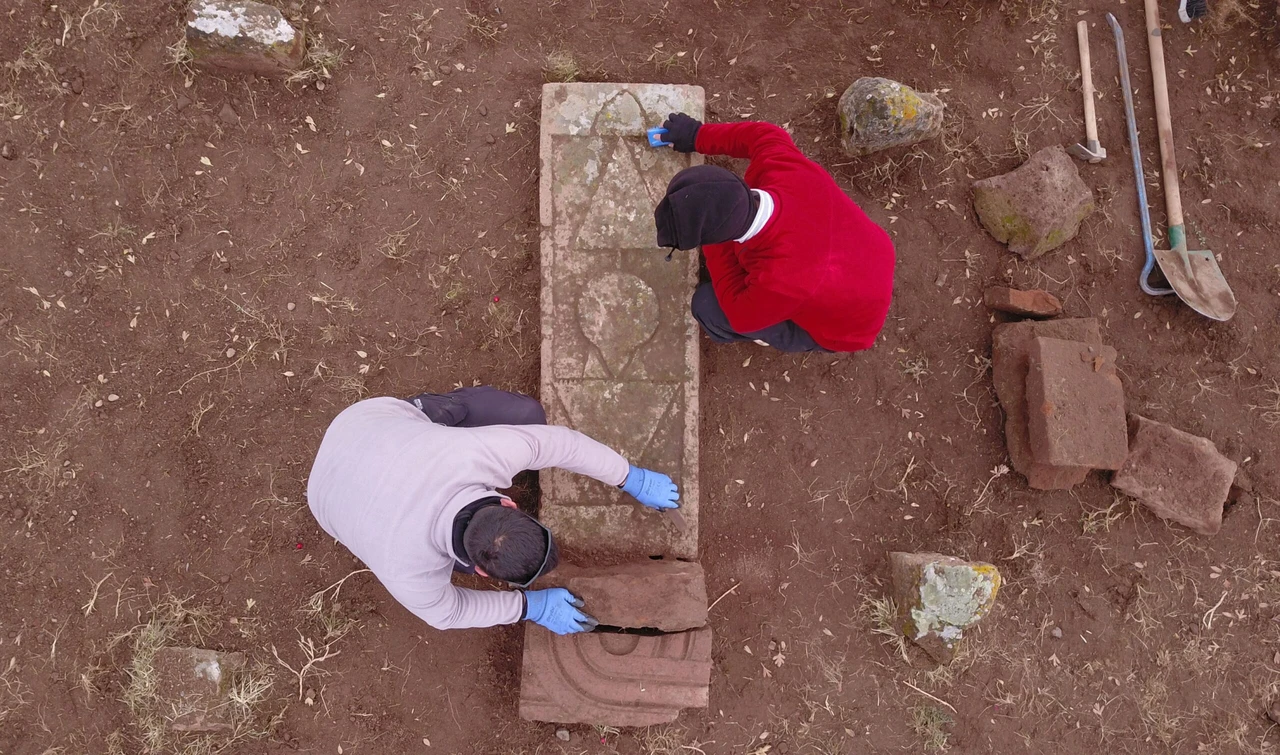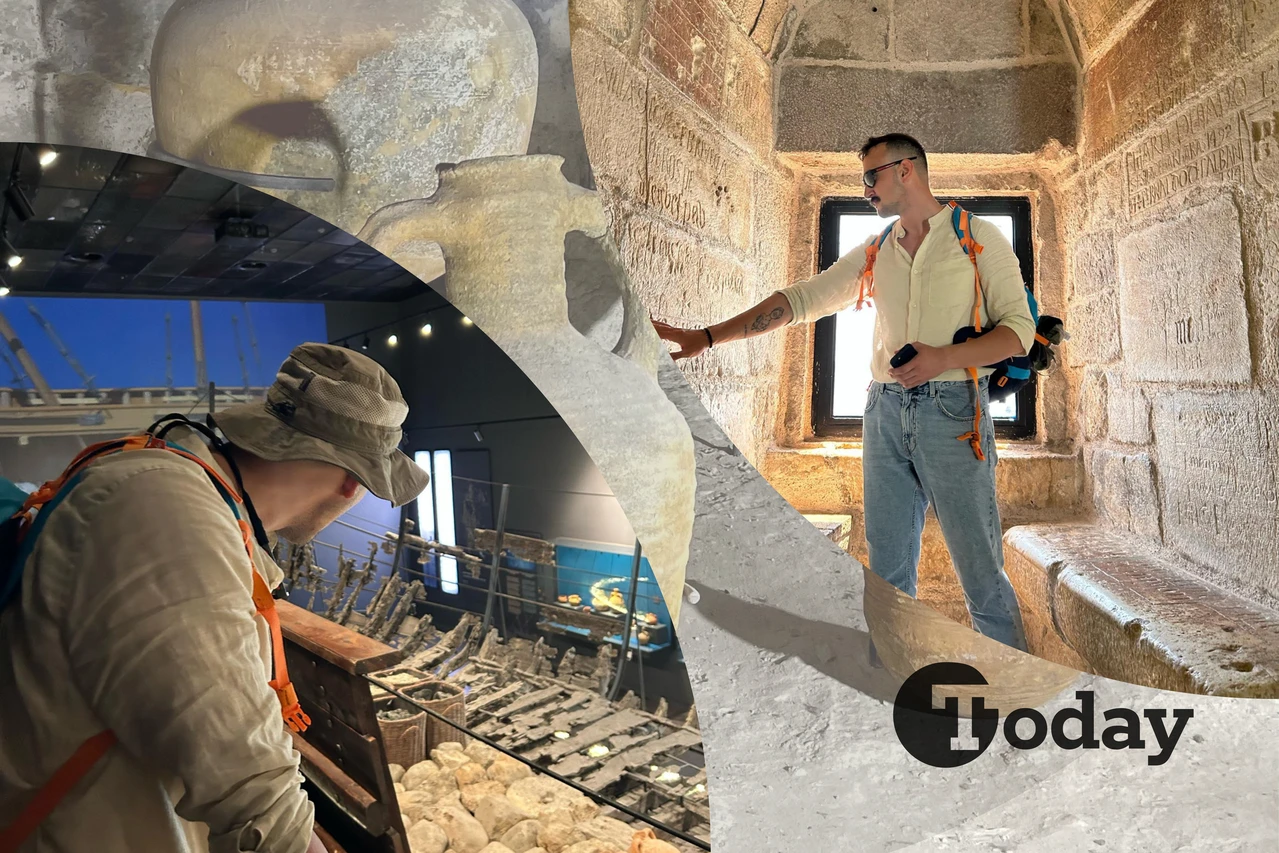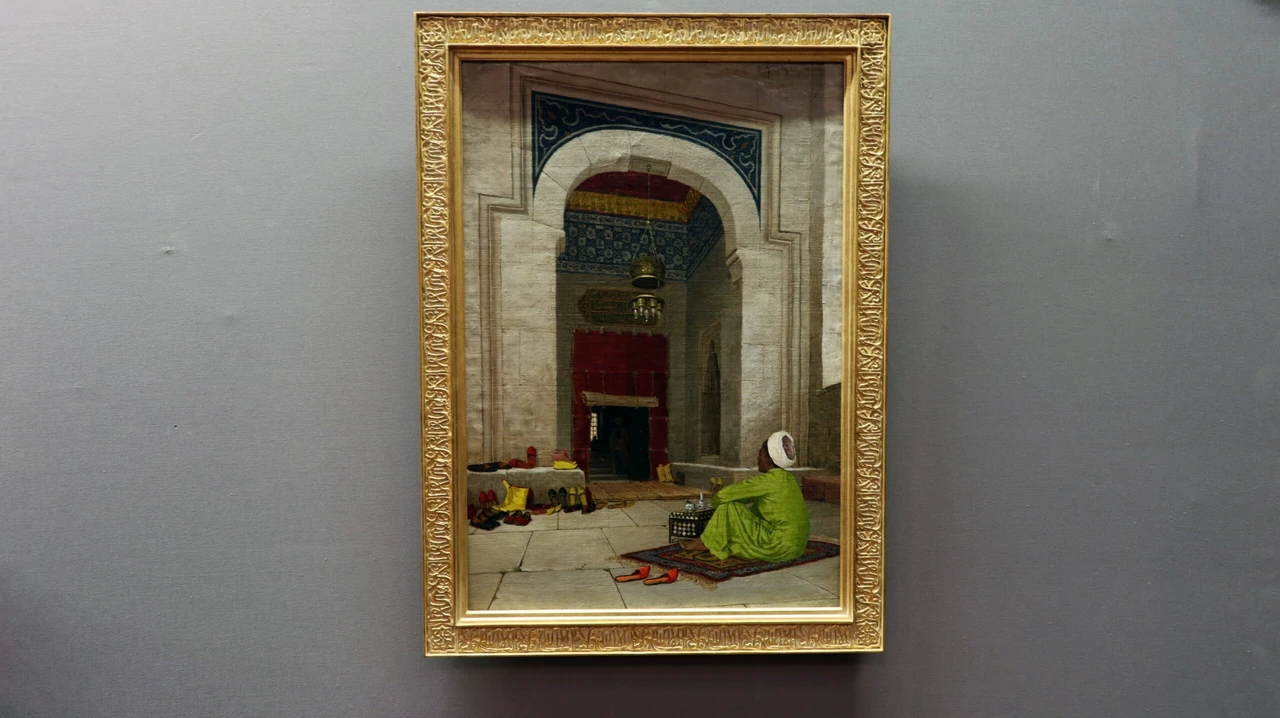Anatolia’s name origin: Turkish dynasty Seljuk legends, historical roots
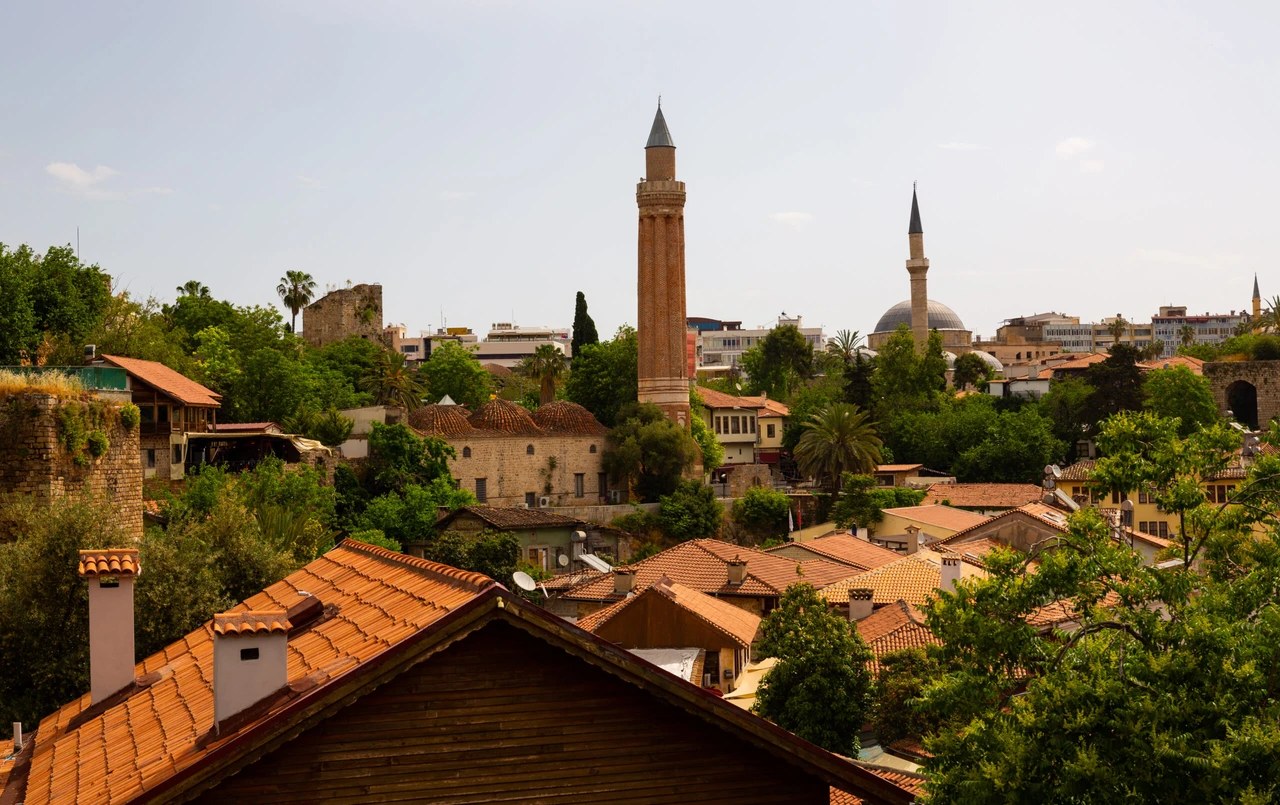 Alaaddin or Yivliminare Mosque built by the Anatolian Seljuk Sultan Alaaddin Keykubad in 1230, in Antalya, Türkiye. (Adobe Stock Photo)
Alaaddin or Yivliminare Mosque built by the Anatolian Seljuk Sultan Alaaddin Keykubad in 1230, in Antalya, Türkiye. (Adobe Stock Photo)
Anatolia is a region rich in history and cultural significance since it serves as a bridge between Asia and Europe and the name’s origin has been a matter of curiosity.
The area also known as Asia Minor makes up the majority of modern-day Türkiye and holds a crucial place in both ancient and medieval history.
The term “Anatolia” derives from the Greek word “Anatole,” meaning “the place where the sun rises” or the East.
This land has seen the rise and fall of many civilizations, from the Hittites and Phrygians to the Greeks and Romans, culminating in the Byzantine and Seljuk periods.
The Anatolian Seljuks were a Turkish dynasty that established their rule in the region during the 11th and 12th centuries. They played a pivotal role in the cultural and political development of the area, laying the foundations for the later Ottoman Empire.
Their influence extends beyond mere governance; they contributed to the architectural, educational and cultural landscape of Anatolia.

Legend of Kirmizi Ebe (Red Midwife), unending ayran (Turkish yogurt drink)
According to the legend, the name “Anatolia” originated in Taslica Village, in Ankara’s Kizilcahamam district. This story dates back to the reign of Alaeddin Keykubat, a ruler of the Anatolian Seljuk State.
During a military campaign to capture the Baskoy Rum Castle, Alaeddin Keykubat and his soldiers stopped in Taslica Village. There, they met a woman named Kirmizi Ebe (Red Midwife) and her son, Oruc Gazi.
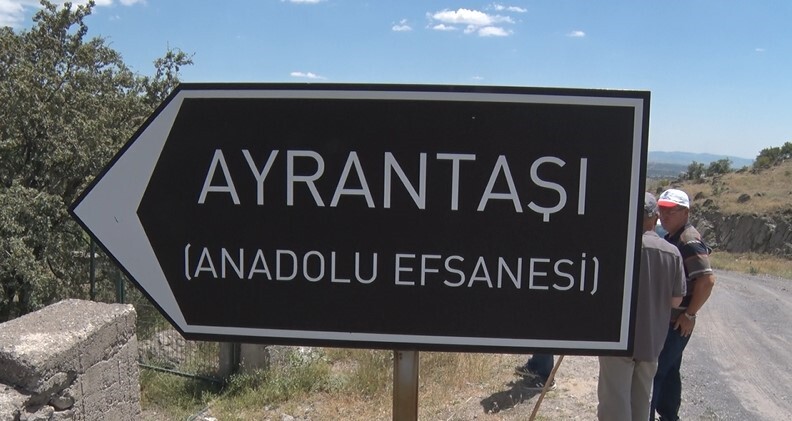
Ebe was a respected figure in the village, and she welcomed the soldiers and offered them ayran, a traditional Turkish yogurt drink. Despite the large number of soldiers drinking from it, the ayran never seemed to run out.
As the soldiers repeatedly asked for more, they chanted, “Ana, dolu” (Mother, it is full). This phrase, according to the legend, eventually evolved into the name “Anadolu” (Anatolia).
Ali Ihsan Gokmen, a resident of Taslica Village, shares the tale: “The story of the ayran stone is closely connected to Ebe. During Alaeddin Keykubat’s reign, between 1220 and 1237, this incident occurred. When the soldiers saw that the ayran did not run out, they exclaimed ‘Ana, dolu’. This event is said to be the origin of the name ‘Anadolu’.”
Ebe’s hospitality and the miraculous ayran symbolize the abundance and generosity associated with Turkish culture.
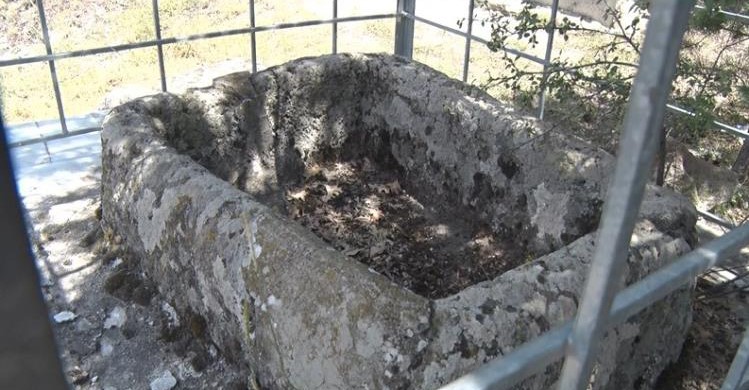
Ebe: Symbol of Turkish women, Turkish cultural heritage
Elcin Odemis, a member of the Turkish Women’s Culture Association, elaborates on Ebe’s significance. She says, “Ebe is a symbol of Turkish women, embodying hospitality and the preservation of cultural heritage. The story is not just a legend but a reflection of the social and cultural values of the time.”
Historically, Ebe played a crucial role in her community. She represented the Baciyan-i Rum, the first women’s organization in the world, founded by Fatma Baci, the wife of Ahi Evran.
The Baciyan-i Rum provided support during wars by preparing clothes and supplies for soldiers. Ebe, with her skills in weaving, embroidery, and caregiving, contributed significantly to her community’s welfare.

Historical roots of name ‘Anatolia’
The name “Anatolia” has roots tracing back to Greek and Byzantine times. The Greek word “Anatolia” means “the place where the sun rises” or “the East.”
During the Byzantine era, the term referred to the eastern regions of their empire, specifically the provinces encompassing modern-day Central Anatolia and the eastern Mediterranean coast.
The transformation of the name from “Anatolia” to “Anadolu” reflects the linguistic and cultural influences that have shaped the region over centuries.
Anatolia’s name encapsulates a blend of myths and historical facts. The legend of Ebe and her unending ayran, combined with ancient Greek and Byzantine terminologies, illustrates both the mythic heritage and historical depth of the region.
The name Anatolia signifies the rich legacy of this land, which continues to connect the past and present, East and West.
